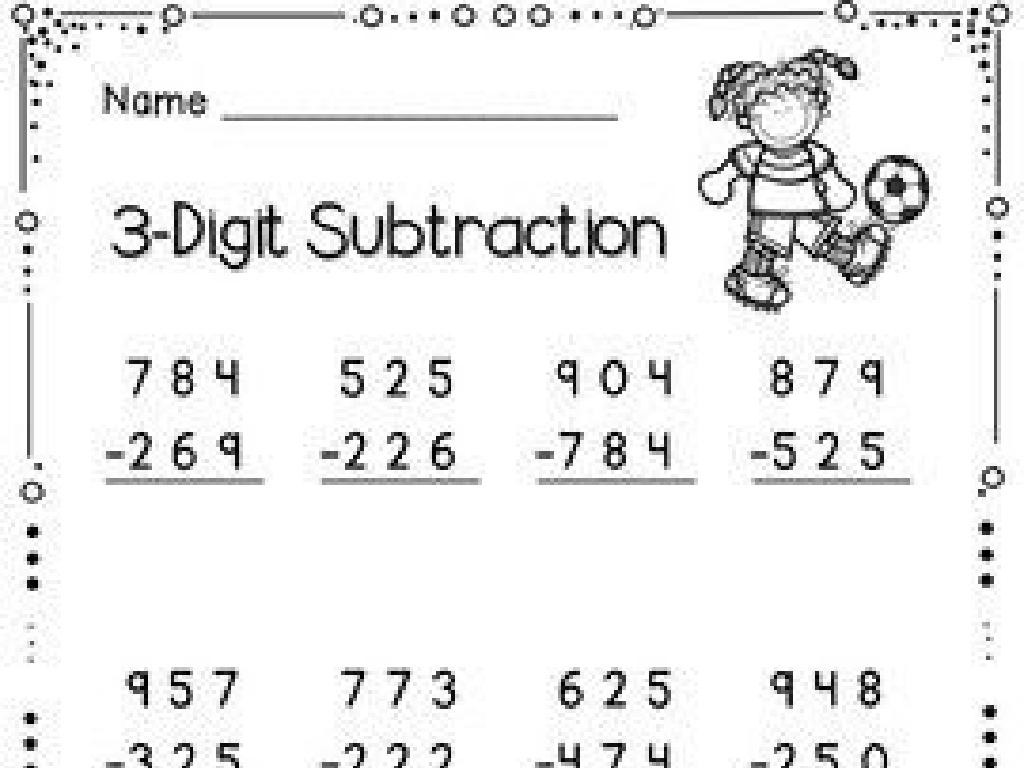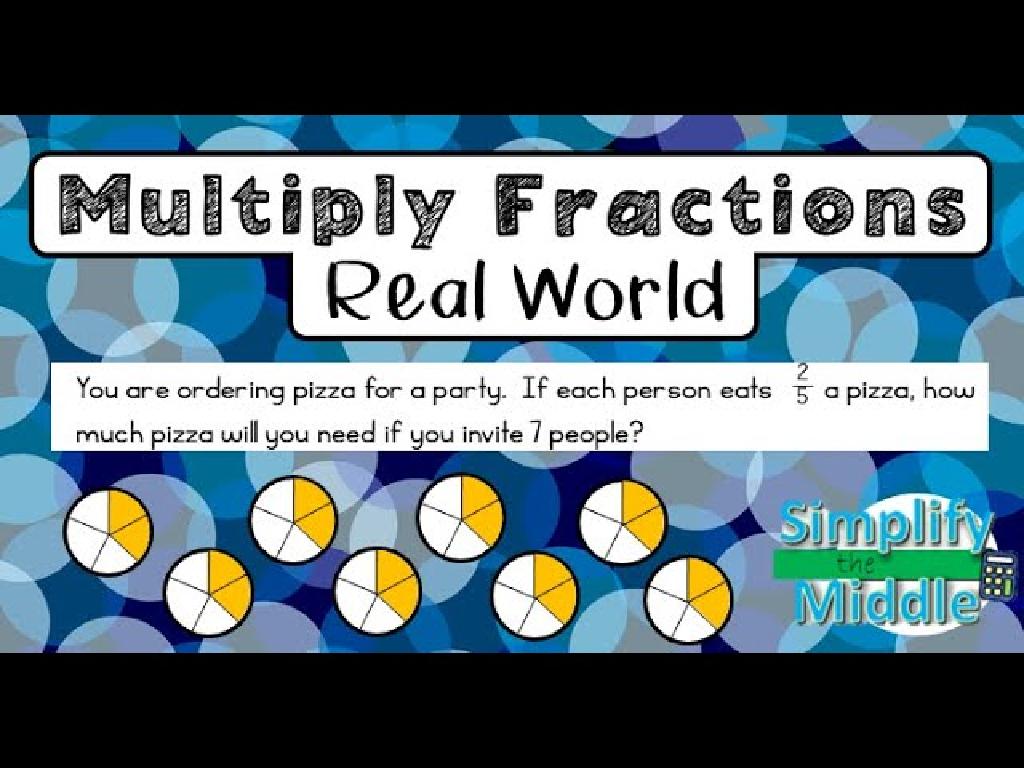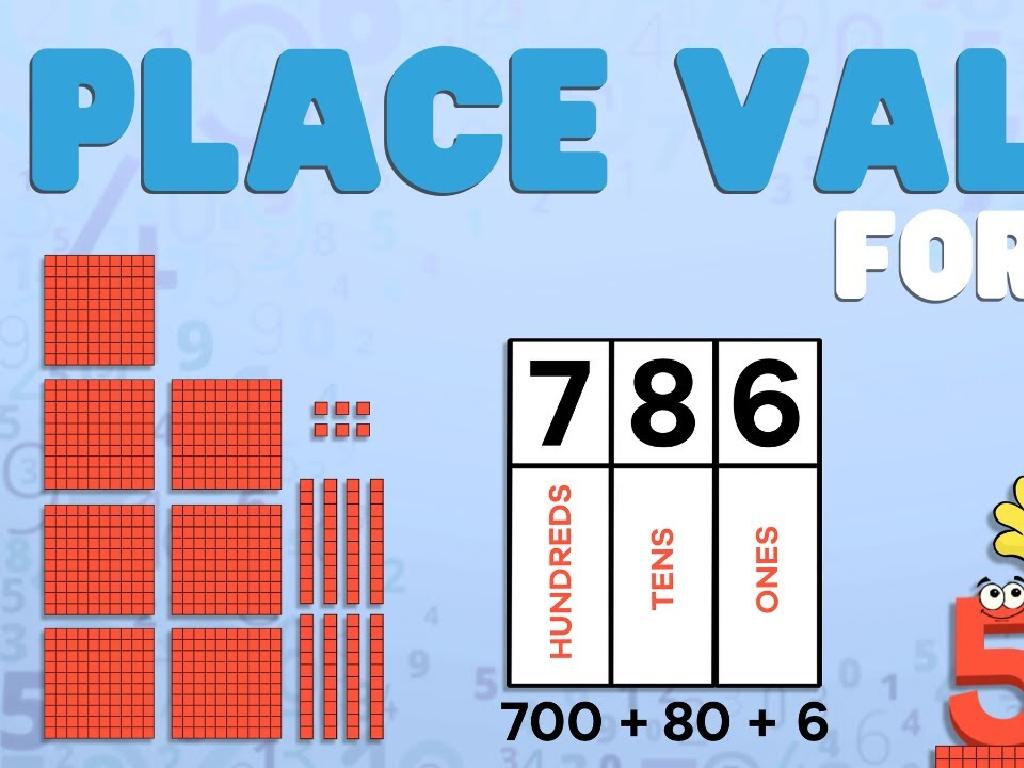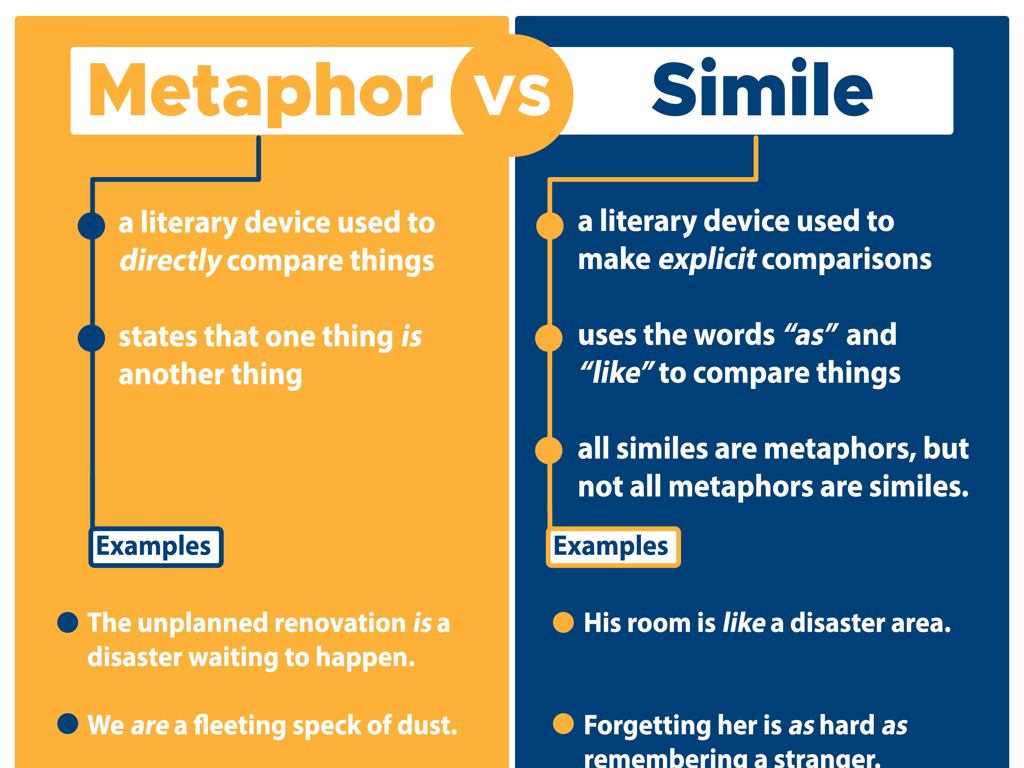World War I: The Great War
Subject: Social studies
Grade: Eighth grade
Topic: World War I
Please LOG IN to download the presentation. Access is available to registered users only.
View More Content
Introduction to World War I: The Great War
– Understanding the Great War
– An unprecedented global war from 1914 to 1918.
– Origin of the term ‘Great War’
– ‘Great’ reflects the immense scale and impact, not a positive connotation.
– Major countries involved
– Allies and Central Powers were the two main coalitions.
– Global impact of the conflict
– The war affected economies, politics, and societies worldwide.
|
This slide introduces students to World War I, providing a foundation for understanding its significance in history. The term ‘Great War’ is often misunderstood; it’s important to clarify that ‘great’ refers to the size and scope rather than a positive attribute. Highlight the main countries in each coalition: the Allies, including France, the United Kingdom, and Russia, and the Central Powers, including Germany, Austria-Hungary, and the Ottoman Empire. Discuss the war’s far-reaching effects on the world, setting the stage for a deeper dive into the causes, battles, and outcomes in subsequent lessons.
Causes of World War I: The Spark and the Flames
– Assassination of Archduke Franz Ferdinand
– His death in 1914 ignited the war
– M.A.I.N. causes of conflict
– Militarism, Alliances, Imperialism, Nationalism
– Domino effect escalates tension
– One event triggered alliances into war
– Europe’s path to war
|
This slide aims to introduce students to the complex causes of World War I. Begin with the immediate cause: the assassination of Archduke Franz Ferdinand of Austria-Hungary in 1914, which acted as the spark for the war. Then, delve into the deeper underlying causes, remembered by the acronym M.A.I.N.: Militarism (arms race), Alliances (tangled commitments), Imperialism (competition for colonies), and Nationalism (patriotic fervor). Discuss how these factors created a domino effect, where one event set off a chain reaction leading to war. Highlight how these causes interconnected and set the stage for a conflict that would engulf Europe and the world. Encourage students to consider how a single event can have far-reaching consequences when underlying tensions are high.
Major Battles of World War I: The Battle of the Somme
– Overview of the Battle of the Somme
– One of WWI’s largest battles, with significant casualties
– Trench warfare’s harsh realities
– Soldiers faced mud, disease, and constant danger in trenches
– Introduction of new military tech
– Tanks, machine guns, and poison gas changed warfare
– Impact on the course of WWI
– The battle showed the devastating power of modern conflicts
|
The Battle of the Somme, fought in 1916, stands as a symbol of the scale and brutality of World War I. It’s crucial to discuss the conditions of trench warfare, including the physical and psychological toll on soldiers. Highlight the introduction of new military technologies like tanks, which were used for the first time in this battle, and how they transformed combat. Discuss the impact of these technologies on the strategies and outcomes of battles. The battle’s high casualty rates and limited territorial gains exemplify the stalemate and attrition warfare that characterized WWI. This slide should give students a clear understanding of the significant shifts in warfare during the Great War and the human cost of these battles.
Life During World War I
– Daily life in the trenches
– Soldiers faced harsh conditions, like mud and disease.
– War’s toll on civilians
– Shortages, bombings affected those at home.
– Women’s roles during the war
– Women took on jobs, served as nurses, and more.
|
This slide aims to give students a glimpse into the harsh realities of World War I, not just for soldiers, but also for civilians and women. Life in the trenches was characterized by difficult living conditions, constant danger, and the psychological toll of warfare. Civilians faced food and resource shortages, destruction of property, and the fear of bombings. Women played crucial roles, taking over jobs vacated by men who went to fight and contributing as nurses and in other capacities to support the war effort. Encourage students to empathize with people from this era and consider how the war impacted daily life and societal roles.
The End of World War I: Armistice and Treaty
– Armistice Day: 11th November 1918
– Marked the cessation of hostilities on the Western Front.
– Treaty of Versailles: June 1919
– Peace treaty that officially ended the war.
– Terms of the Treaty
– Reparations, territorial changes, and military restrictions imposed on Germany.
– Long-term Treaty Effects
– Set the stage for World War II and reshaped the world map.
|
This slide covers the conclusion of World War I, highlighting the significance of Armistice Day, which marked the end of fighting. The Treaty of Versailles, signed in June 1919, imposed punitive terms on Germany, including reparations and territorial losses, and set limitations on its military capabilities. These terms had long-lasting effects, contributing to economic hardship and political instability in Germany, which eventually led to the rise of Adolf Hitler and the outbreak of World War II. The treaty also redrew borders and influenced the geopolitical landscape of the 20th century. Discuss with students how the treaty’s harsh terms and the concept of ‘war guilt’ affected Germany and the international community.
Consequences of World War I
– Political reshaping of Europe
– Collapse of empires, rise of new nations
– Economic toll of the conflict
– Debts and reparations strained economies
– Social shifts post-war
– Women’s roles expanded, class structures shifted
– Enduring legacy of the war
– League of Nations, path to WWII
|
This slide aims to summarize the profound and lasting impacts of World War I on Europe and the world. Politically, the map of Europe was redrawn as empires fell and new countries emerged, leading to a shift in power dynamics. Economically, the war left many countries deeply in debt, with the need for reparations exacerbating financial strains. Socially, the war accelerated changes in gender roles and class structures, as women took on roles traditionally held by men and social hierarchies were challenged. The war’s legacy includes the establishment of the League of Nations and the laying of groundwork for future conflicts, including World War II. Encourage students to reflect on how these changes might have affected daily life and influenced the world they know today.
Reflection: WWI’s Impact on Today
– WWI’s role in shaping today’s world
– Consider geopolitical changes and conflicts.
– Could WWI have been prevented?
– Explore alliances, militarism, and historical context.
– Discussing the Great War’s lessons
– Reflect on peacekeeping and international relations.
|
This slide prompts students to reflect on the long-lasting effects of World War I on the modern world, including changes in national boundaries, the emergence of new countries, and the setup for future conflicts. Encourage students to think critically about the complex causes of the war and whether it could have been avoided, discussing the role of alliances, militarism, imperialism, and nationalism. Facilitate a discussion on the lessons learned from the Great War, such as the importance of diplomacy and the impact of war on societies. This will help students understand the significance of historical events and their relevance to current global affairs.
Class Activity: Peace Conference Role-Play
– Divide into groups by country
– Role-play country perspectives
– Act out how each country viewed the war’s end
– Discuss challenges faced
– Consider economic, territorial, military issues
– Negotiate peace terms
– Aim for a fair agreement, reflect on the complexity of peace talks
|
This activity is designed to give students a hands-on understanding of the complexities involved in negotiating peace after a major conflict like World War I. By role-playing different countries, students will explore the diverse perspectives and interests that influenced the post-war peace process. Teachers should guide students to research their assigned country’s stance and objectives during the war. Possible roles include leaders from the Allied Powers, such as France and Britain, and the Central Powers, such as Germany and Austria-Hungary. Encourage students to think critically about the challenges of rebuilding and making amends while ensuring their country’s interests are met. This activity will culminate in a mock peace conference where groups will present and negotiate terms, simulating the historical events that led to treaties like the Treaty of Versailles.

-satisfy-an-equation/basic_two_variable_equations.png)




